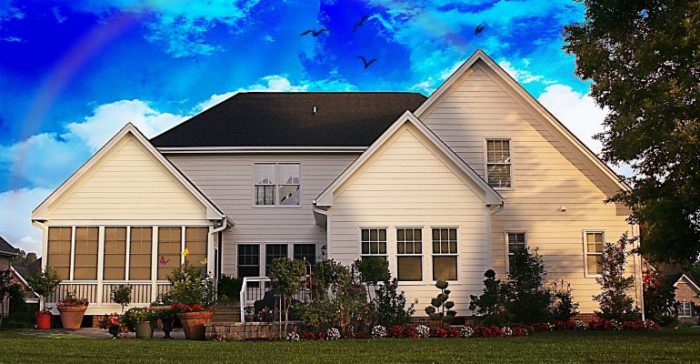Patrick Hewlett, ERS
The fact that our reality has transformed tremendously since the infection of COVID-19 is nothing new, and like many other industries, the world of energy efficiency is not the same as it was pre-pandemic. Much of this change has been brought upon by the shift of work and social lifestyles to remote, stay-at-home settings. Zondits sat down with in-house M&V expert Patrick Hewlett to further discuss how COVID-19 has impacted the residential sector of our industry and how those impacts could linger for months, or years, to come.
Q. How have residential customers been impacted by COVID-19?
A. Since March, millions of homes have doubled as a workplace and classroom, as telecommuting and hybrid/virtual classes become the new normal. During the pandemic’s first month in the US, total miles driven decreased by more than 40% compared to pre-pandemic levels. While data is less clear on the shutdown’s effects on the average resident’s hours at home, it is reasonable to assume that occupied hours in residential spaces have increased proportionally.
Q. How have these effects shown up in utility bills?
A. Residential energy consumption has generally increased – nationally by approximately 7% and regionally by as much as 20% at the start of the pandemic. Appliances such as dishwashers are used more frequently than they were in pre-COVID periods, as many households now cook three meals a day. Electronic devices are also used more frequently, in particular the home workstations of telecommuting employees or students attending virtual classes. During the summer – and expected for this winter – thermostats that may have been set back during unoccupied hours are now maintaining the more comfortable occupied setpoint, increasing the home’s HVAC load.
Q. Are utilities able to accommodate this extra load?
A. Counterintuitively, utility consumption is down approximately 6% due to COVID-19. This is because nonresidential sectors have generally demonstrated reduced consumption by as much as 31%, offsetting the increases in the residential sector. Commercial businesses have become increasingly flexible with employee telecommuting, reducing the energy consumption of lighting, plug loads, and HVAC systems in office buildings. In addition, industrial operations experienced a temporary shutdown in the spring. Though many are now back to normal, some may still be operating with reduced-shift schedules or with fewer production lines to accommodate physical distancing.
Utilities are, in fact, losing revenue due to reduced sales, causing some utilities to attempt to recover lost revenue through temporary rate increases. However, several regulators have denied such rate increases, for now at least.
Q. How might residential customers offset this extra consumption?
A. Many of the typical best practices for residential energy efficiency still apply, and even more so during the pandemic. In addition, there are a variety of no-cost behavioral changes that may lessen residents’ utility bills each month. Instead of resetting the thermostat permanently to an occupied setpoint, consider the times of day when a temporary setback may be tolerable, for example in the afternoon hours over the winter. Experiment with minimizing or eliminating the use of electric lighting by configuring workstations near south-facing windows to maximize the impact of natural light. New telecommuters should customize their PC power settings to ensure that their workstations power off during periods of inactivity.
Q. Can you speculate on what “the new normal” might look like in the residential sector?
A. Experts expect the increase in telecommuting to persist after the pandemic. Therefore, increased residential energy use is also likely here to stay. This new baseline may encourage residential customers to invest in distributed energy resources (DERs), such as rooftop solar, to help offset higher utility bills. Employees who previously commuted long distances and were therefore hesitant to adopt electric vehicles might now find them more attractive, particularly if paired with DERs. And more time at home might cause customers to optimize their existing systems – for example, through weatherization – to maximize comfort while reducing bills.
From a policy perspective, utilities and states will most likely emphasize low-to-moderate income programs. Higher utility bills will result in more customers unable to meet their payments, requiring assistance from the utility to implement measures that minimize their utility burden.
